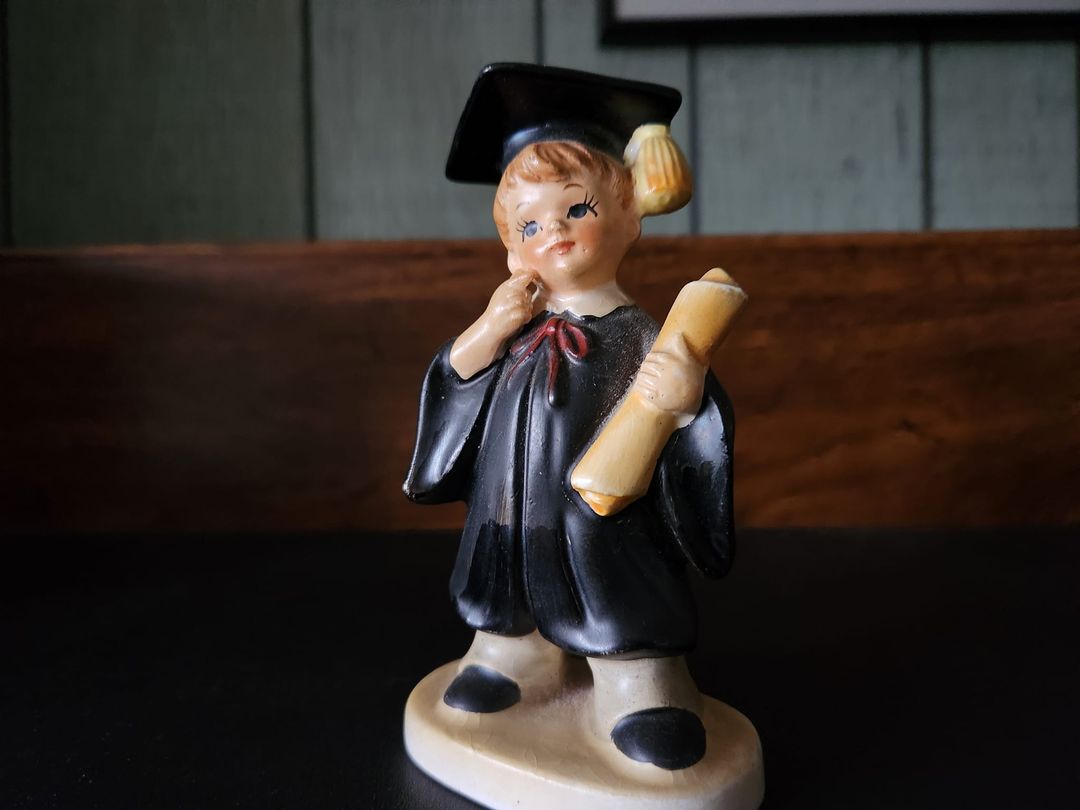Forty-three years ago tonight, having just put four quarters in the jukebox, I’m standing alone at the end of the G-Man bar listening to the Beatles.
I drove the 23 miles from Harrisburg to Carlisle, Pennsylvania because I knew the guy tending bar and had nowhere else in particular to go. Lost and wandering, I’m unemployed, drinking too much and volatile.
Looking up I see the Monday night football game on the TV at the other end of the bar. Howard Cosell is breaking a news scoop.
John Lennon, 40, just got shot in New York City, Cosell says late in the fourth quarter during a tie game between the New England Patriots and the Miami Dolphins.
I silently finish my beer and leave. The Beatles are still singing on the jukebox. No, I don’t remember the name of the song. I drive back to Harrisburg and go to another bar to drink.
More years have passed since Lennon’s death than the total number of years he lived. All these decades later I still give daily thanks for the cosmic gift of my life.
As Lennon’s wife Yoko Ono looked on, the fabled music hero died with five bullets in his body, gunned down by Mark David Chapman, 25, a seriously mentally ill young man whose internal demons pulled the trigger of a loaded gun Chapman too easily obtained and carried.
Guns remain too easy for maniacs to access and carry.
I met Stephanie two months after Lennon died. I was 29 years old. During our almost 43 years together we traveled several times to the Strawberry Fields section of Central Park that’s dedicated to Lennon’s memory. The memorial is located on West 72nd Street across the street from the Dakota apartment building where John and Yoko lived and outside of which Chapman killed the dreamer.
Whether we make the yearly pilgrimage or not, Stephanie and I still pay tribute to Lennon’s legacy of giving peace a chance. That’s why we live as we live, think as we think and protest as we protest.
John Lennon would want Gaza to live.
John Lennon would want a free Palestine.
Imagine.



